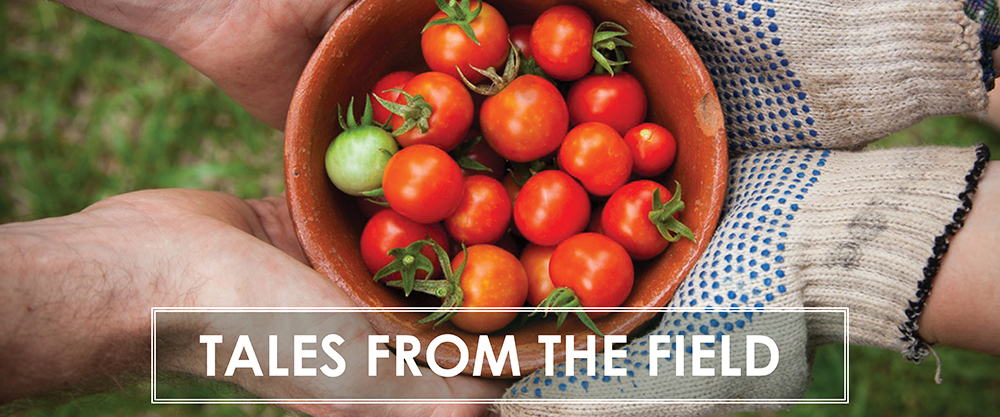“The Pilot Project gives us a greater opportunity to get items that the kids enjoy that we can’t necessarily affort to buy a lot of, like stone fruit — and it’s all local” — Karen Luna, Director of Nutrition Services for the Santa Clara Unified School District
Since its inception in 2014, the USDA Pilot Project for the Procurement of Unprocessed Fruits and Vegetables has been a valuable way for participating California school districts to stretch their budgets while maximizing their purchases of fresh fruits and vegetables. Participating in the Pilot Project benefits school districts by allowing them to use a portion of their USDA Foods commodity allocation to purchase fresh and minimally processed fruits and vegetables directly from USDA-approved vendors. (Read more about the Pilot Project in our earlier post here)
Santa Clara Unified School District (SCUSD) is one example of a California district that has been using the Pilot Project to increase its ability to purchase fresh and minimally processed fruits and vegetables. A 56-square-mile area encompassing neighborhoods in the cities of Santa Clara, Sunnyvale, San Jose and Cupertino, SCUSD has over 15,000 K-12 students across 27 school sites. The district serves about 2,400 breakfasts and 7,500 lunches each day, and approximately 38% of SCUSD’s students qualify for free and reduced-price meals.
Karen Luna, Director of Nutrition Services for SCUSD, said 2019/2020 will be the district’s third year participating in the Pilot Project. SCUSD allocated $50,000 in 2017/2018 and 2018/2019, and chose to increase their allocation to $75,000 for 2019/2020. The district utilizes its Pilot Project funds to purchase minimally processed fruits and vegetables, such as sliced apples, as well as stone fruit, pears, persimmons, plums and many types of citrus. Luna uses the Pilot Project to supplement the fruits and vegetables grown on SCUSD’s 11-acre farm.
Luna believes the Pilot Program is a valuable opportunity that enables school districts to purchase fresh fruits and vegetables that they might not be able to afford otherwise because they can use their USDA commodity dollars. Using USDA commodity dollars toward fresh fruits and vegetables is not only beneficial for the students, Luna said, but also for her district because it helps offset additional expenses resulting from changes to federal meal requirements. Luna also appreciates that the USDA-approved vendor SCUSD works with sources much of its produce from local family farms. By increasing the amount of produce served by using the Pilot Project in combination with the district’s farm to school activities, Luna has seen an increase in students’ willingness to eat fresh fruits and vegetables.
To see more of what SCUSD is serving up, follow them on Instagram at @santaclaraunifiednutriton.
For more information about the Pilot Project, please visit the California Department of Education’s Pilot Project website. Farmers and distributors interested in selling to schools as part of the Pilot Project can click here to learn how to become a USDA-approved vendor.

A salad bar featuring persimmons and kiwis SCUSD was able to source through the Pilot Project. “The kids love persimmons!” said Karen Luna, Director of Nutrition Services. 
The Pilot Project enables school districts like SCUSD to purchase fresh fruits and vegetables that they might not otherwise be able to, like these strawberries, kiwis, and blood oranges.
Stay tuned for more Pilot Project success stories in the coming weeks.
– CDFA Farm to Fork Staff
This article is part of a series highlighting school districts that are participating in the USDA Pilot Project for Unprocessed Fruits and Vegetables. Made possible by Specialty Crop Block Grant funding, these success stories aim to create awareness of the Pilot Project as a way to increase the amount of California specialty crops served in schools.
